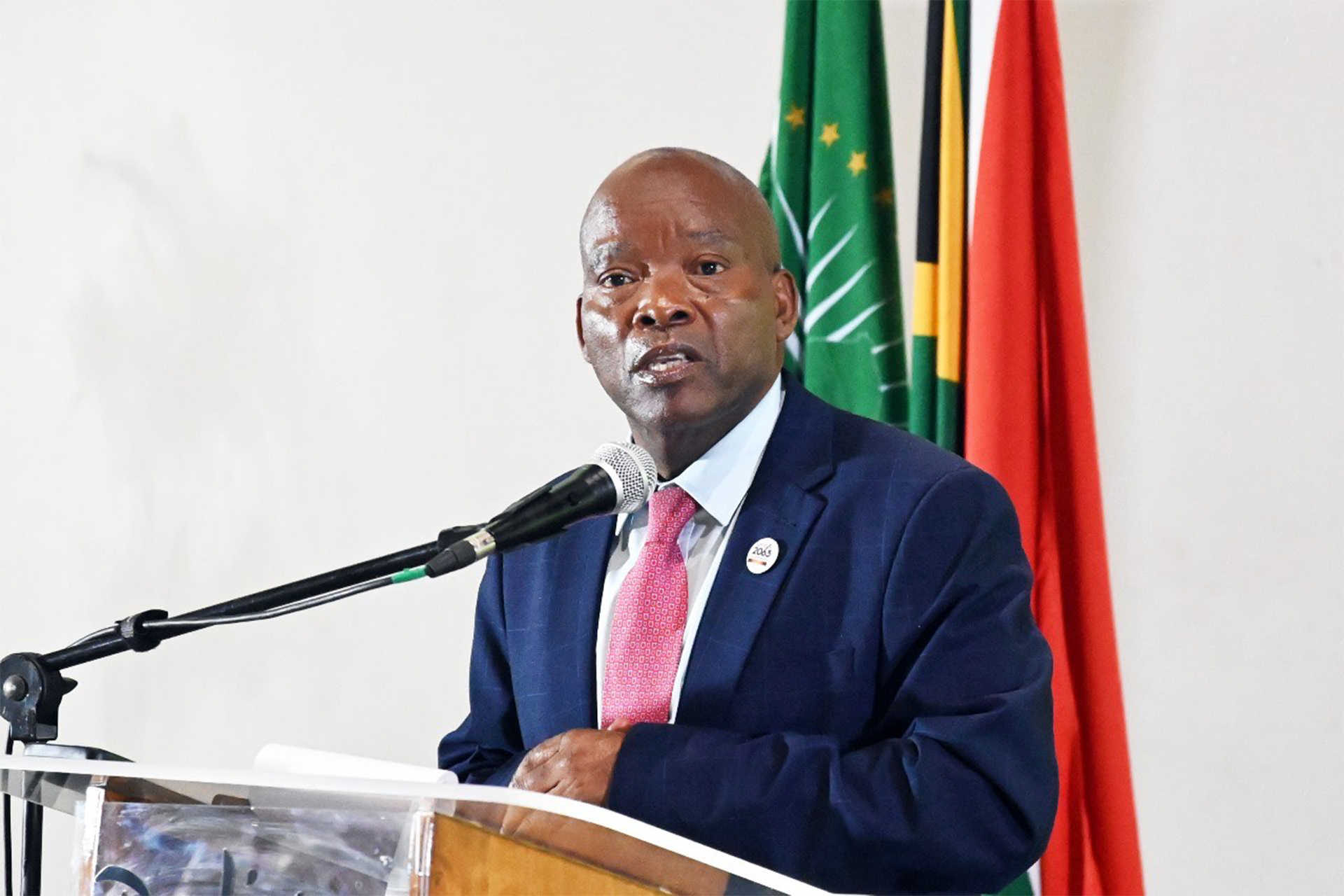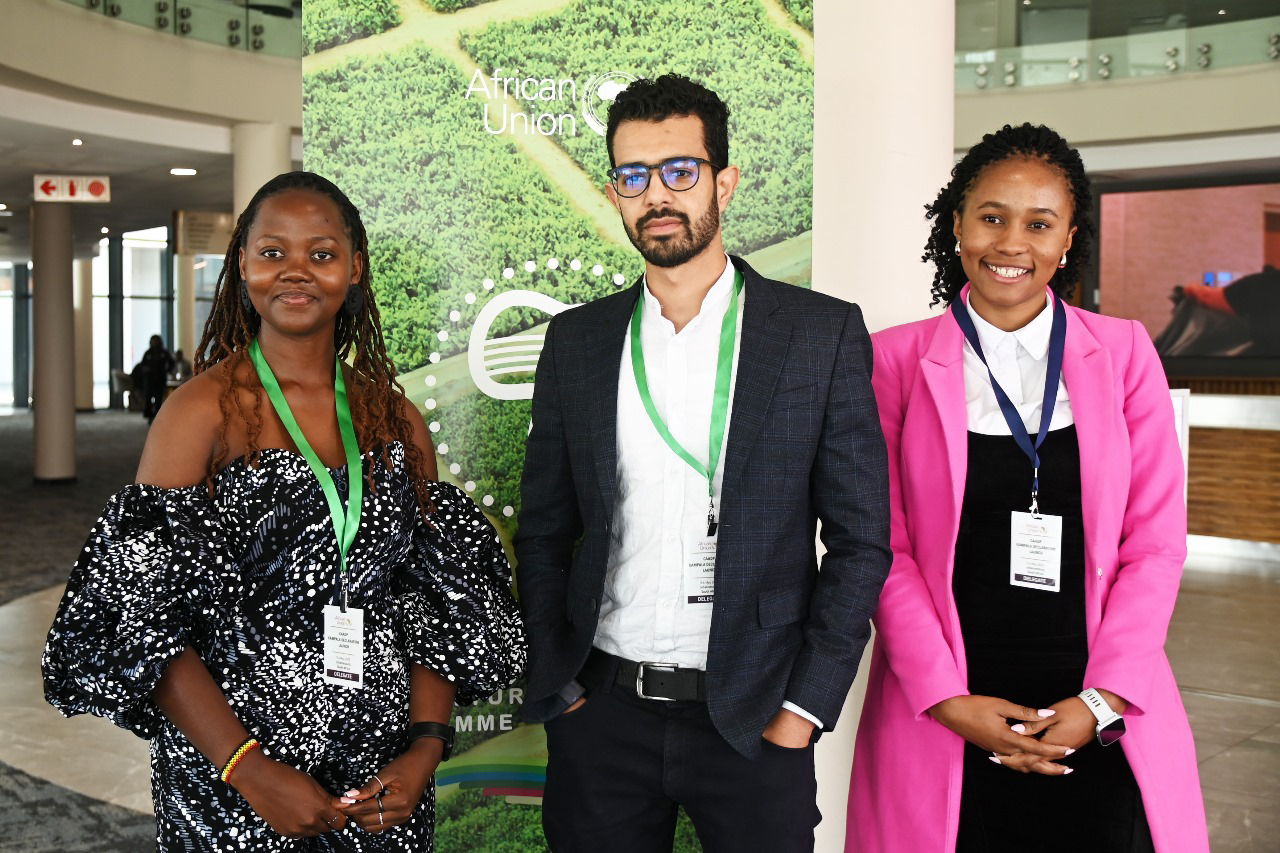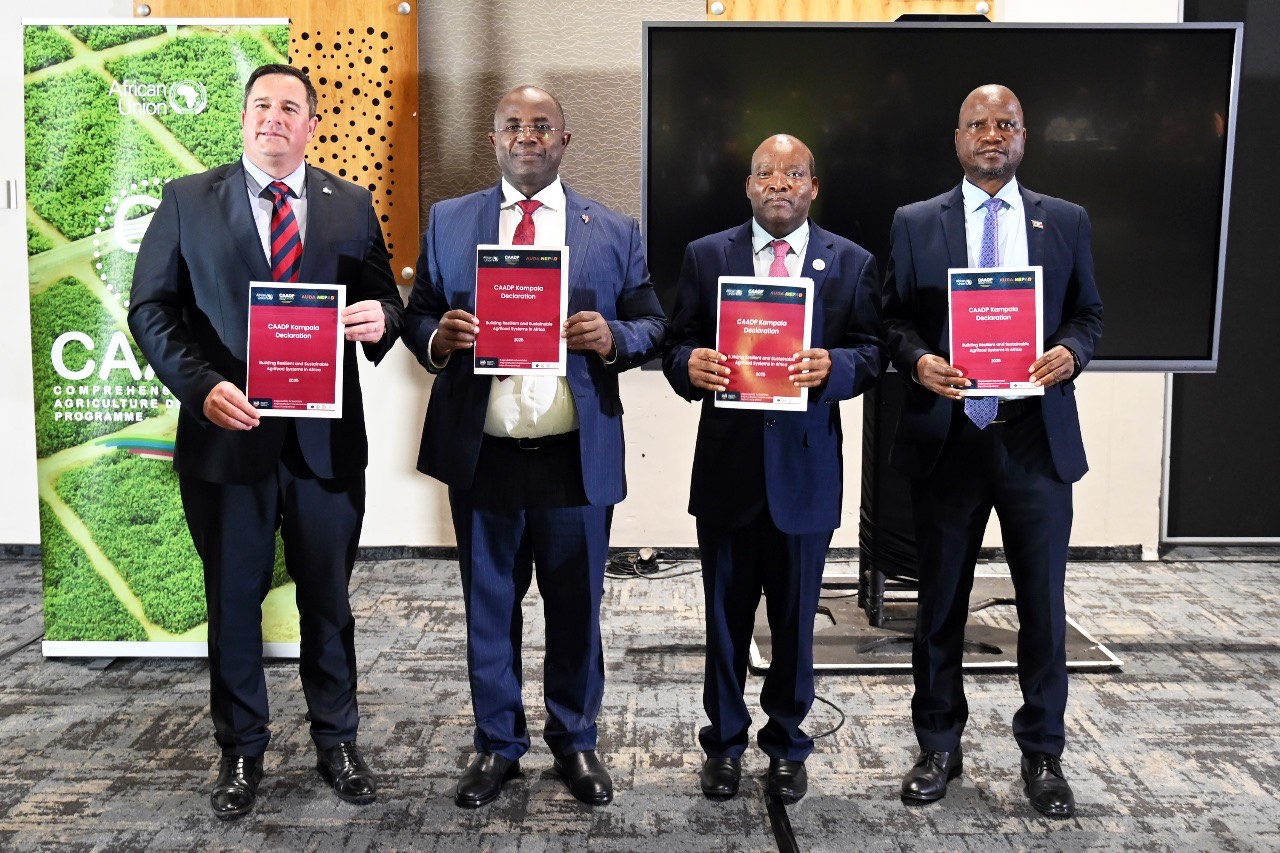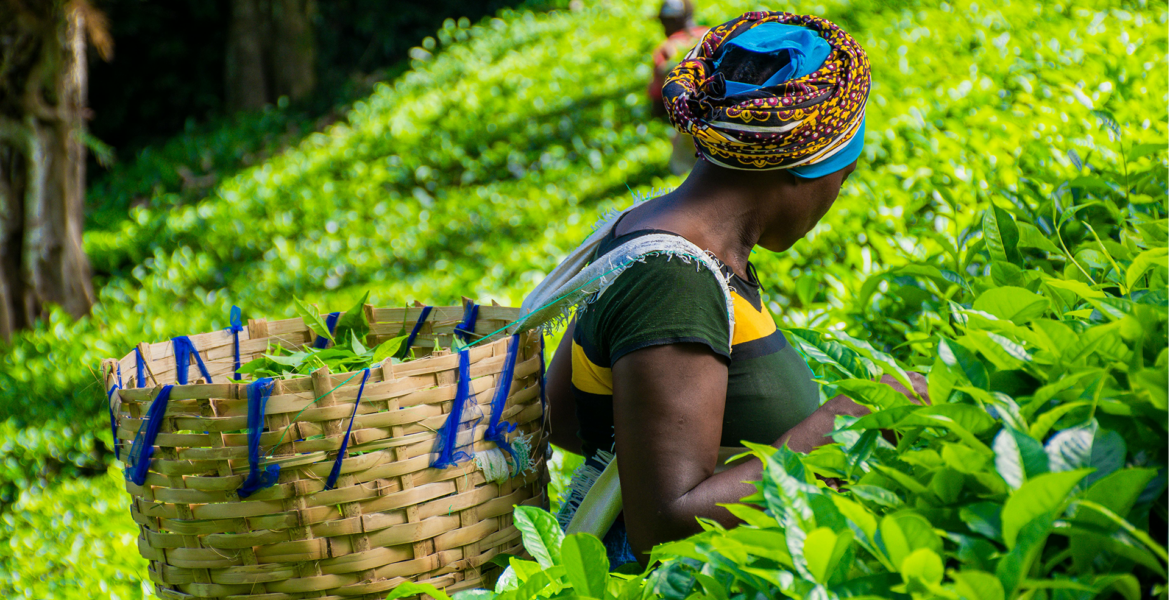On a sun-scorched farm in Amines, eastern Namibia, 28-year-old Melinda Magotsi gently inspects the day’s harvest. This time around, her small plot has yielded just three bags of potatoes, less than a third of what she gathered last year. The crops may look lush and green, she says, but appearances deceive.
“The water is salty, the soil is tough, and the heat is relentless,” she explains, brushing dust off a misshapen cucumber. “Sometimes it looks good outside, but inside, it’s hollow. Not ready. Not right.”
Melinda’s story echoes a deeper reality. Despite owning 60% of the world’s uncultivated arable land, Africa still imports more food than it produces. Agriculture has long been seen as both the continent’s Achilles’ heel and its greatest untapped promise. But climate volatility, degraded soils, underfunded infrastructure, and fragmented policy continue to undermine its ability to feed its people.
To turn this around, in May 2025, the African Union launched the Comprehensive Africa Agriculture Development Programme (CAADP) 2026–2035 Strategy and Action Plan, a renewed roadmap aimed at transforming Africa’s food systems into resilient, sovereign engines of growth.
“The spirit of the Kampala Declaration is partly addressing emerging issues of climate change, issues of minimal mechanization amidst a plenty of unused land, issues of minimum value addition,” said Kyakulaga Fred Bwino, Minister of State for Agriculture of the Republic of Uganda, at the launch event in South Africa.
From Maputo to Kampala: A 20-Year Journey
CAADP was first adopted in 2003 in Maputo as a continental framework to end hunger, grow rural economies, and boost public investment in agriculture. In 2014, the Malabo Declaration sharpened the agenda with concrete targets, including 6% annual growth in agricultural GDP and an end to hunger by 2025.
However, by 2024, no country was on track to meet those goals.
“We’ve seen CAADP evolve from the original 2003 Maputo framework to the Malabo Declaration, and now the Kampala Strategy and Action Plan,” said Commissioner Moses Vilakati, AU Commissioner for Agriculture, Rural Development, Blue Economy, and Sustainable Environment (ARBE). “Some countries have made real strides in implementation, while others are still trying to catch up. One area of concern is the domestication of the CAADP framework into national and regional development strategies. That’s why we are urging Member States to integrate CAADP as a core part of their development agendas.”
The new CAADP strategy outlines six core pillars: sustainable food production and trade, investment in agri-food systems, food and nutrition security, equitable livelihoods, climate-resilient farming, and strengthened governance and accountability.
But policy alone won’t nourish a continent. The real test lies in whether these frameworks take root in the lives of smallholder farmers and agri-entrepreneurs, especially women and youth, who make up much of the labor force and innovation on the ground.

The Women Innovating on the Frontlines
Melinda, who began farming four years ago, has watched climate change upend growing seasons. “When it’s hot, it’s unbearable. The plants burn before they become food,” she says. She’s experimenting with greenhouse techniques and crop rotations, but land access and capital remain constant barriers.
“I’ve applied for bigger land, but I can’t afford to buy. Every day, I’m fighting heat, worms and pests with very little support.”
In Uganda’s Masaka region, Lynn Kaboga is sowing a different kind of solution: organic fertilizer. Through her youth-led initiative, the Bay Fertilizer Center for Youth Empowerment, she produces vermicompost, Bukashi, and compost manure, merging traditional techniques with modern circular economy practices.
“Food security begins with soil health,” Lynn says. “We can’t feed the continent if we poison the ground. What we put into the soil affects everything.”
Her work isn’t just about what goes into the earth, it’s about who’s allowed to shape its future. “This is youth-driven. It’s climate-smart. And it’s scalable. But we need support: funding, markets, policy inclusion.”
Lynn was one of the youth representatives at the CAADP launch. There, she made a case for integrating youth and women at every level of the strategy. “If you support us, you’re not just helping individuals, you’re helping Africa fight climate change, reduce poverty, and create jobs. But first, we need awareness. In rural areas, many young people haven’t even heard of CAADP.”

The Stakes Are Global
Africa’s agricultural transformation is not just Africa’s burden. As climate instability intensifies and global populations rise, the continent’s ability to feed itself and others could influence the stability of global food systems.
The AU’s new ARBE Commissioner stressed the urgency of ending import dependence. “We are rich in land, resources, and talent. But we need coordination, commitment, and courage to build systems that nourish our people.”
South Africa’s Minister of Agriculture John Henry Steenhuisen, added: “I believe as well that Africa can be the bread basket of the world. We have incredible soils, we’ve got resilient people, and we’ve got all of the natural resources to become the food supplier to the world. What it requires is the domestication and implementation of the CAADP strategy to make sure that Africa takes its rightful place amongst the rest of the world in terms of our contribution to global nutrition, global food security, and of course, at the same time, ensuring that nobody on our continent goes to bed hungry.”
AUDA-NEPAD CEO Nardos Bekele echoed that view, noting the importance of inclusion, finance, and support for MSMEs, women and youth-led ventures.
What Comes Next?
For the CAADP 2026–2035 plan to deliver, Member States must integrate it into national budgets and cross-sectoral plans, according to Commissioner Vilakati.
“To truly implement these frameworks, we must engage ministries beyond agriculture, finance, economic planning, and others. They are integral to mobilizing resources and bringing partners to the table. If we do that, then we’ll be in a position to implement this strategy effectively,” he said.
Minister Bamwine was optimistic. “In the case of Uganda, we are lucky that the third national development plan is ending June this year. So by the time the strategy and the declaration were formulated, it was timely for us to include those aspects in the national development plan number four, which starts in July this year. So for us, we may be better off. But also, the Kampala Declaration looks at emerging issues and many countries are already looking at those demanding issues, issues of sustainable production, issues of resilience are already top on the agenda of the African countries. So I’m more optimistic that this time round, targets are going to be met.”

For Melinda, that means access to more land. For Lynn, it’s about finance and visibility. For the rest of the continent, it’s the start of a decade that will determine whether Africa feeds itself, or continues to export raw potential and import survival.
“If CAADP is implemented, I see an Africa that can feed itself and even feed the rest of the world. I’m looking at an Africa that, on top of feeding, is able to add value to raw materials, coffee, cocoa, milk and others, because currently we are selling these things in raw form at very minimal price. For example, coffee; Africa produces a lot of coffee, and the total coffee business is worth 460 billion US dollars, but Africa gets only $3 billion out of this. Why? We are exporting raw material. The rest of the world is converting that raw material into high-value products, and they are reaping the benefits, ” Said Minister Bamwine.

